Haemorrhage Bleeding Control Solutions
Control severe bleeding fast with tactical tourniquets, medic pouches, and trauma kits. Essential gear for emergency response.
Summary
Severe haemorrhage is one of the leading preventable causes of death in trauma emergencies. Immediate and effective bleeding control—often within minutes—can be lifesaving. From tactical tourniquets to trauma pouches, first responders and civilians alike must be equipped with reliable haemorrhage control tools. This guide explores the most trusted products and practices for bleeding management, designed for high-stakes environments such as emergency services, remote worksites, and defence scenarios.
What Is Haemorrhage Control and Why Is It Critical?
Haemorrhage control refers to methods and tools used to stop or reduce bleeding, especially in life-threatening situations where arteries are compromised. Uncontrolled bleeding can result in hypovolemic shock and death within minutes if not treated. According to the Australian Resuscitation Council, early intervention with effective bleeding control methods such as tourniquets can increase survival rates by up to 90% when applied within the first five minutes of trauma.
Why haemorrhage control is essential:
- Prevents shock and death from blood loss
- Increases survival time while awaiting emergency services
- Vital in high-risk occupations (military, mining, emergency response)
- Supports compliance with workplace health and safety guidelines
Essential Bleeding Control Equipment
The effectiveness of bleeding control hinges on having the right tools at hand. Below are critical items featured in our product range:
-
1. Tactical Tourniquets
Tourniquets are indispensable for controlling severe limb bleeding, especially when direct pressure is insufficient.
Featured Products:- C.A.T Tourniquet G7 1.5inch (Orange): Combat-tested, intuitive to use, with a reinforced windlass system and one-handed application—ideal for both professionals and lay responders.
- SOF Tactical Tourniquet-WIDE – Orange 1.5inch: Durable, low-friction buckle and wide design offer improved pressure distribution and patient comfort.
Benefits:
- Fast application in emergencies
- Designed for one-handed use
- Bright colours for visibility
Use Case: Emergency services, tactical field care, personal first aid kits
-
2. Medic Pouches and Bleed Kits
Accessibility is key in trauma response. Pouches and sling packs allow quick access to tourniquets, trauma shears, gloves, and hemostatic agents.
Featured Products:- Single-hand Access Medic Pouch: With bungee tie-down cords and MOLLE platform, this pouch is ideal for tactical or mobile setups.
- 5.11 UCR Sling Pack – Black: Built for critical incident response, this sling pack includes compartments for haemostatic agents, gauze, and airway devices.
Key Features:
- Hands-free mobility
- MOLLE-compatible for flexible configurations
- Designed for speed and accessibility
Use Case: Remote medical teams, paramedics, military, first aid officers in high-risk zones
Featured Products
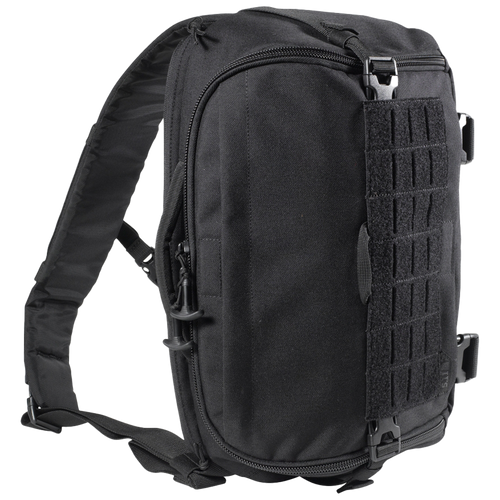
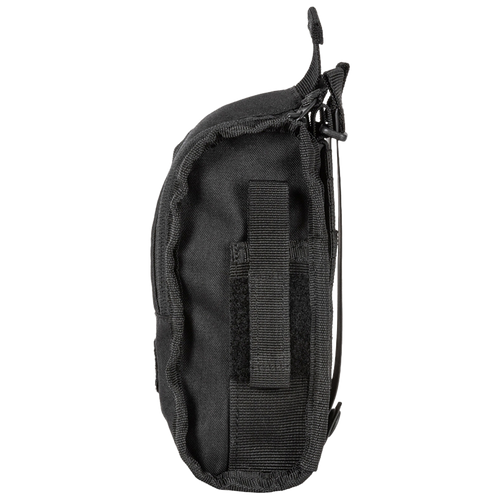
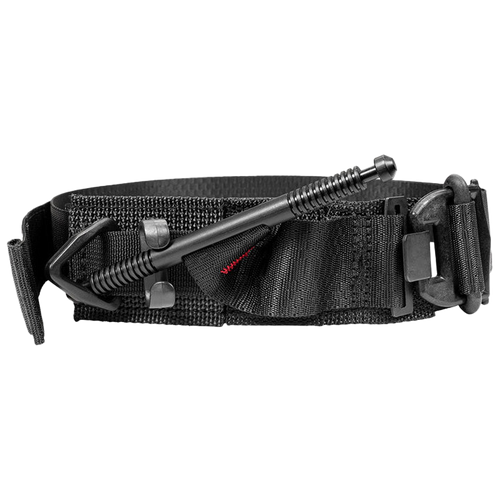
How to Use Bleeding Control Gear Effectively
Correct application can make the difference between life and death. Here’s how to use haemorrhage control items safely and effectively:
Tourniquet Application
- Expose the injury site.
- Place tourniquet 5–7cm above the bleeding site, avoiding joints.
- Tighten until bleeding stops.
- Secure the windlass rod and note the application time.
- Do not remove until professional help arrives.
Refer to Safe Work Australia’s guidance on managing workplace trauma for compliance protocols.
Pouch Setup Best Practices
- Store frequently used items (e.g., gloves, tourniquets) in front compartments
- Organise by priority and label clearly
- Check expiry dates and restock regularly
Industry Use and Workplace Compliance
Under the Work Health and Safety (WHS) regulations in Australia, employers in high-risk environments must provide adequate first aid equipment and training. This includes appropriate haemorrhage control tools in industries such as:
- Construction and mining
- Forestry and agriculture
- Security and defence
- Remote community healthcare
Key Compliance Guidelines:
- Australian Standard AS 3745 recommends trauma gear in emergency preparedness
- First aid kits must include tourniquets for remote or hazardous work areas
- Emergency training should include bleeding control scenarios
Implementing proper bleeding control measures aligns with WHS obligations and minimises workplace risk exposure.
Conclusion
Fast, effective bleeding control saves lives. Whether you’re a first responder, tactical professional, or safety officer, investing in high-quality haemorrhage control tools like tactical tourniquets and medic pouches is a non-negotiable. Products like the C.A.T Tourniquet and UCR Sling Pack are not only battle-proven—they’re designed with simplicity, durability, and real-world functionality in mind. Ensure your team, workplace or home is equipped to handle trauma when every second counts.
Equip yourself or your organisation with trusted haemorrhage bleeding control solutions today.
Explore our full range of bleeding control kits and accessories
📞 Call 1300 615 193 or order online at our website.
Haemorrhage bleeding control equipment is designed to stop life-threatening bleeding quickly when every second counts. This collection features professional-grade trauma gear trusted by first responders, emergency services and high-risk workplaces, supporting rapid intervention and improved survival outcomes in serious injury situations.
What this collection includes:
• Tactical tourniquets for severe limb bleeding control
• Bleeding control kits for trauma and emergency response
• Medic pouches for fast, single-handed access to equipment
• Trauma sling packs for mobile and remote response
• Haemorrhage control gear for workplaces and first aid kits
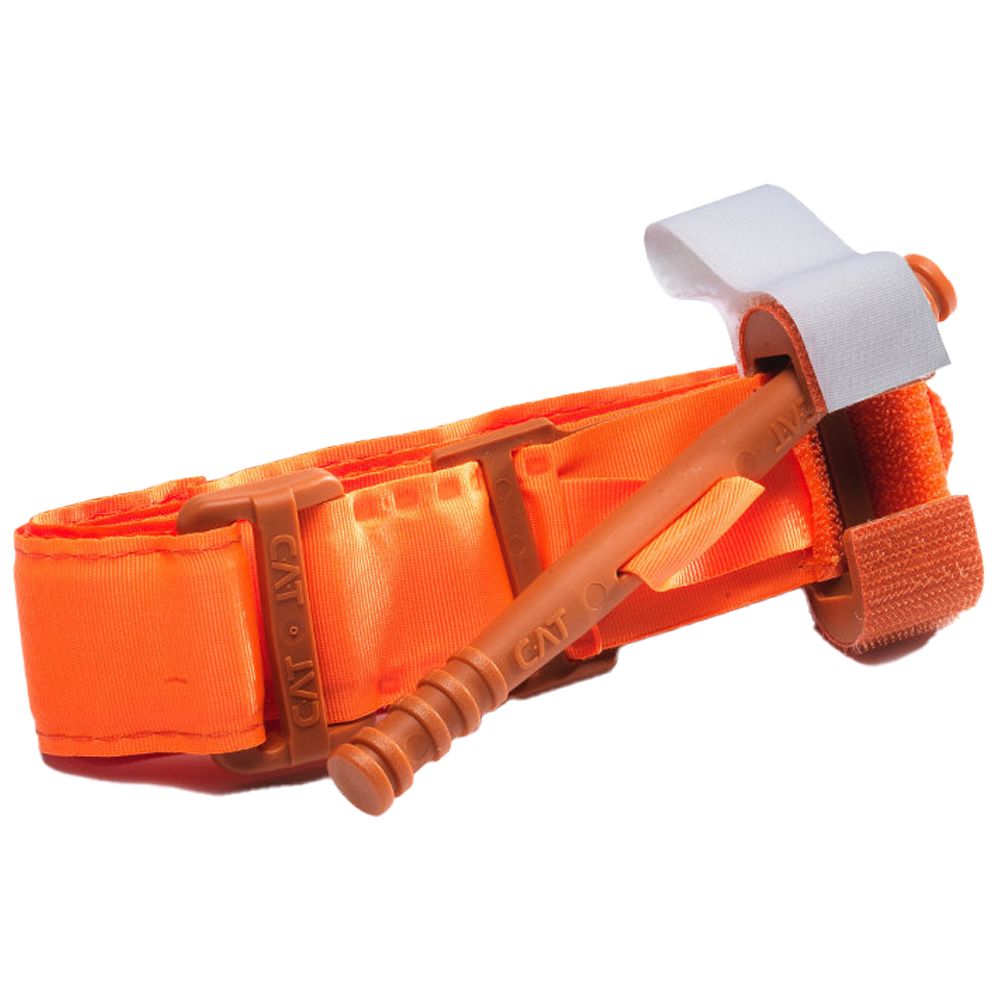
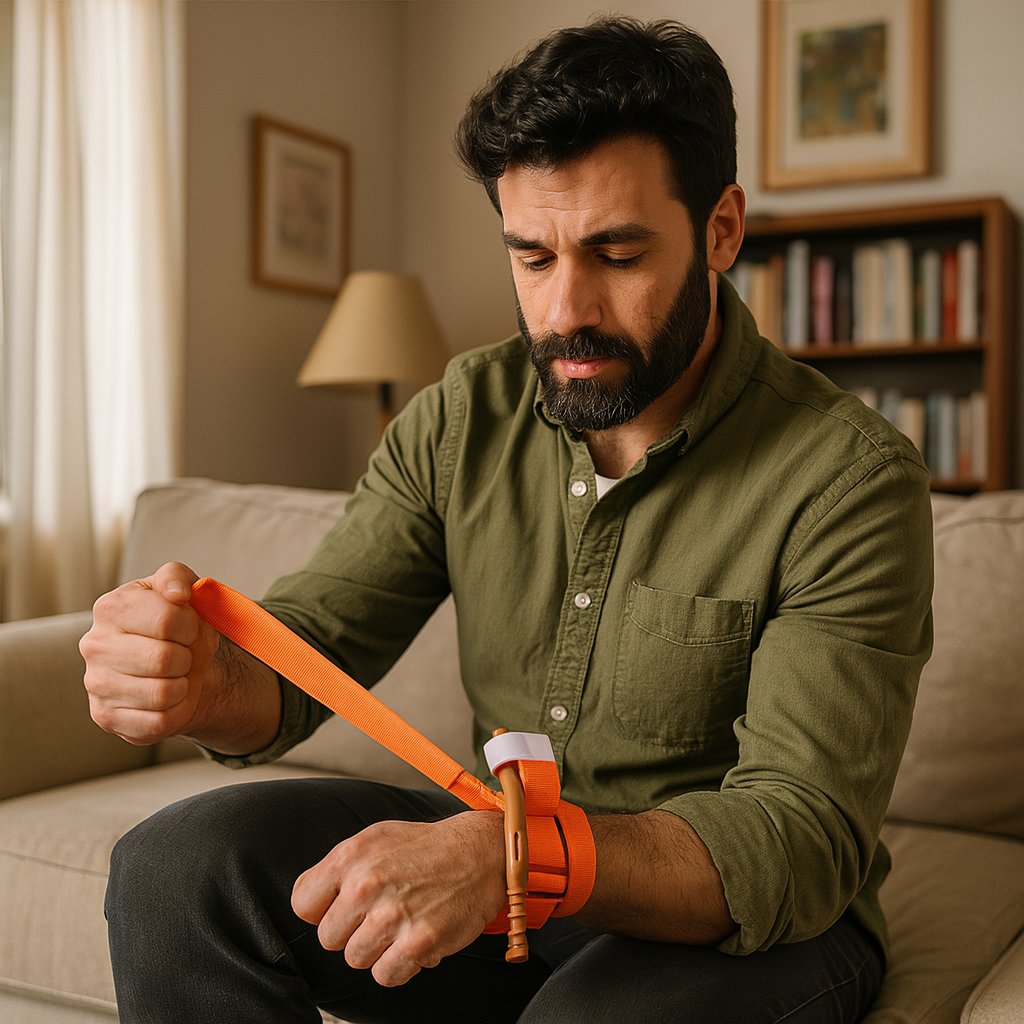
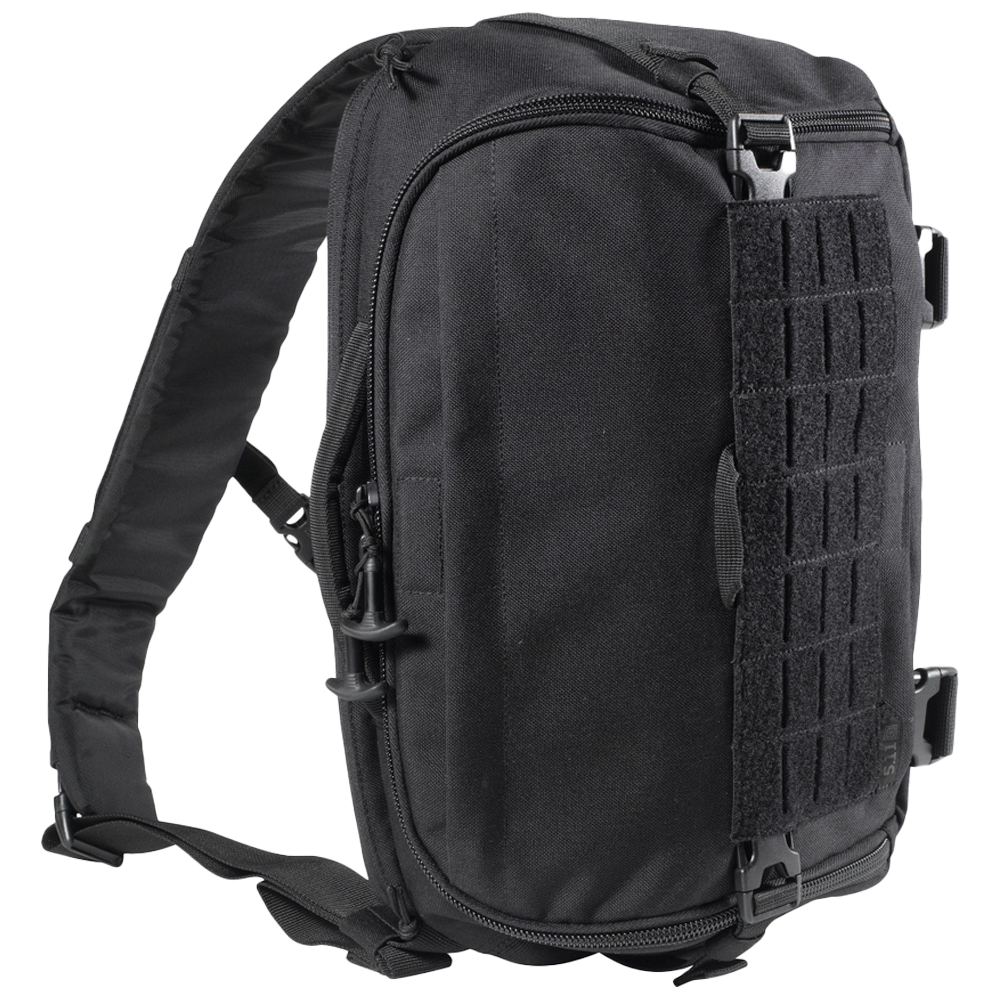
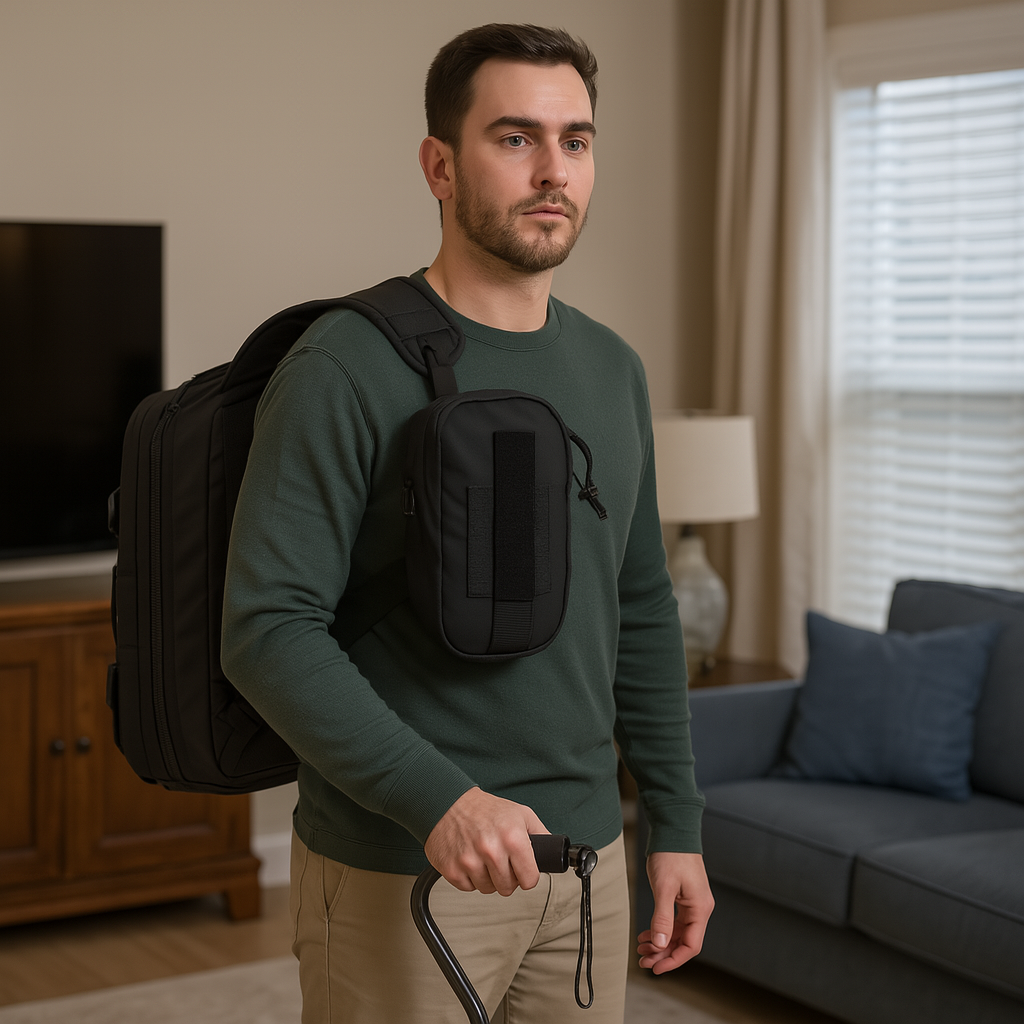
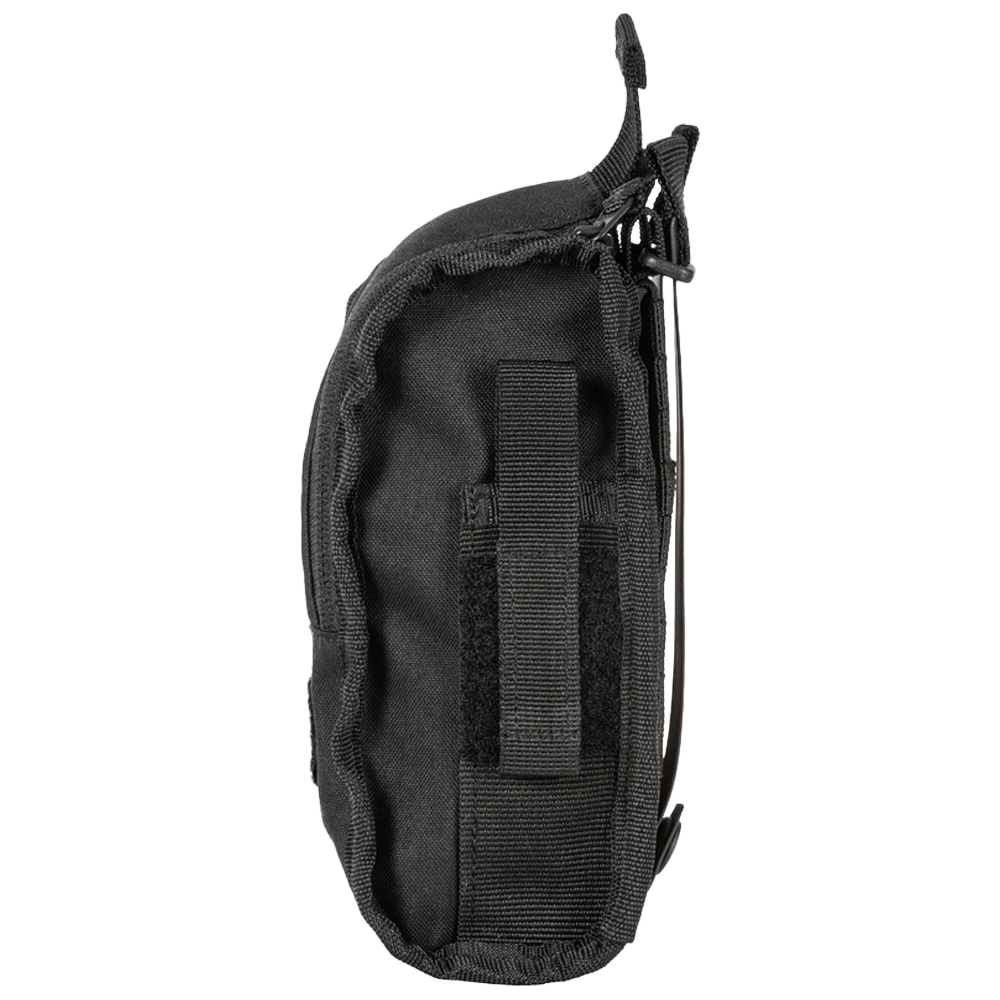
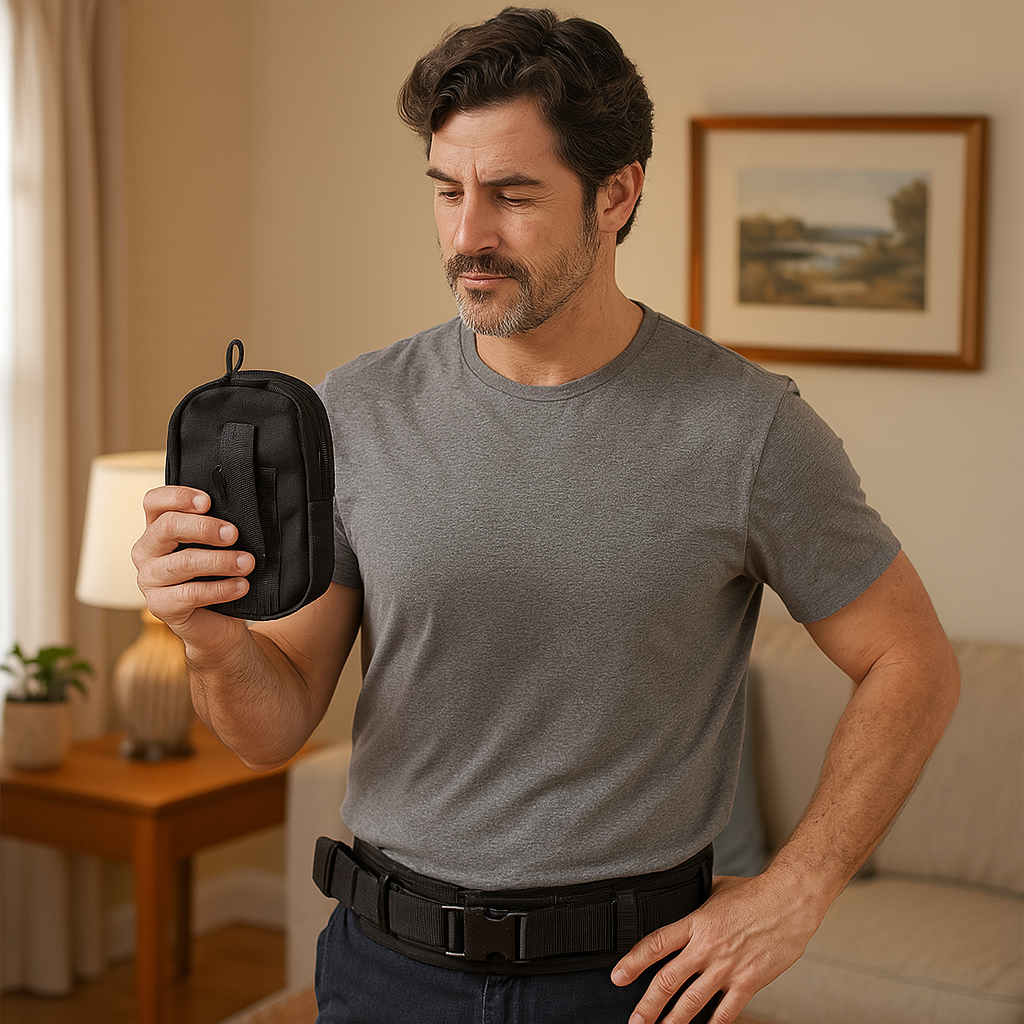

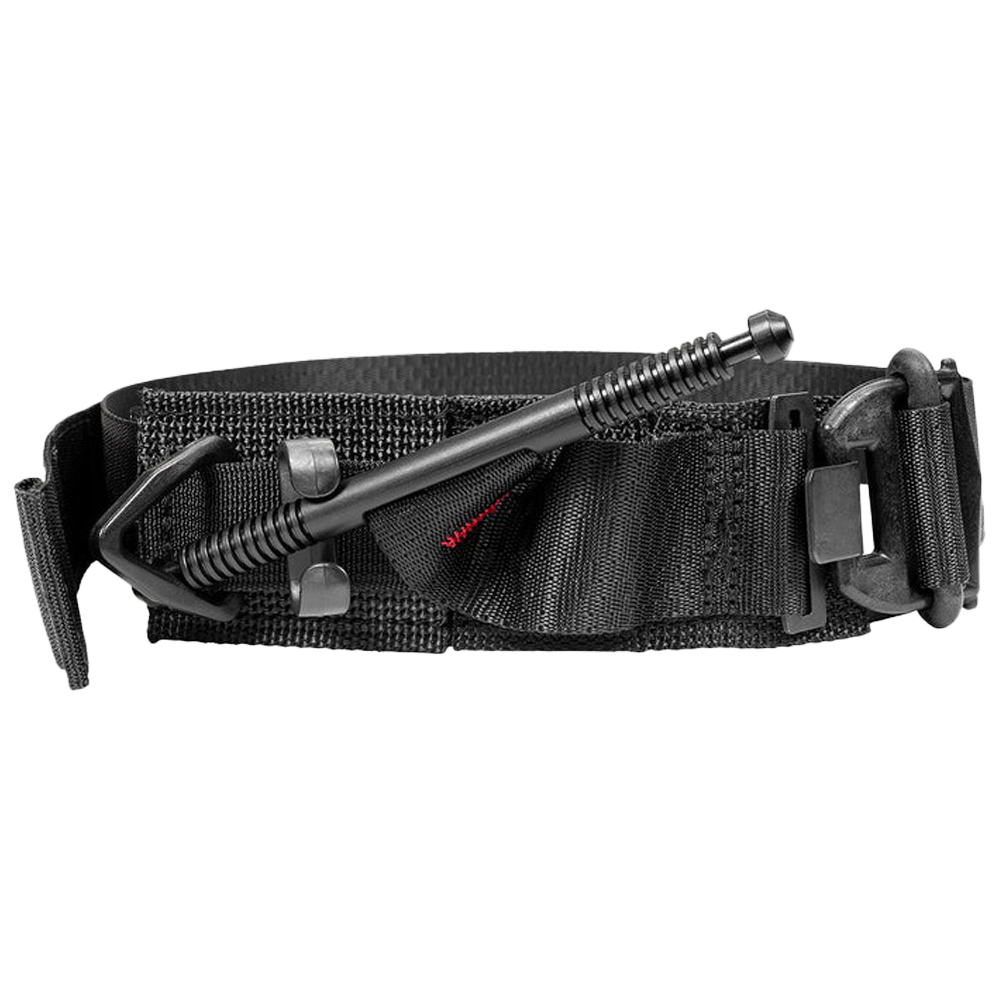
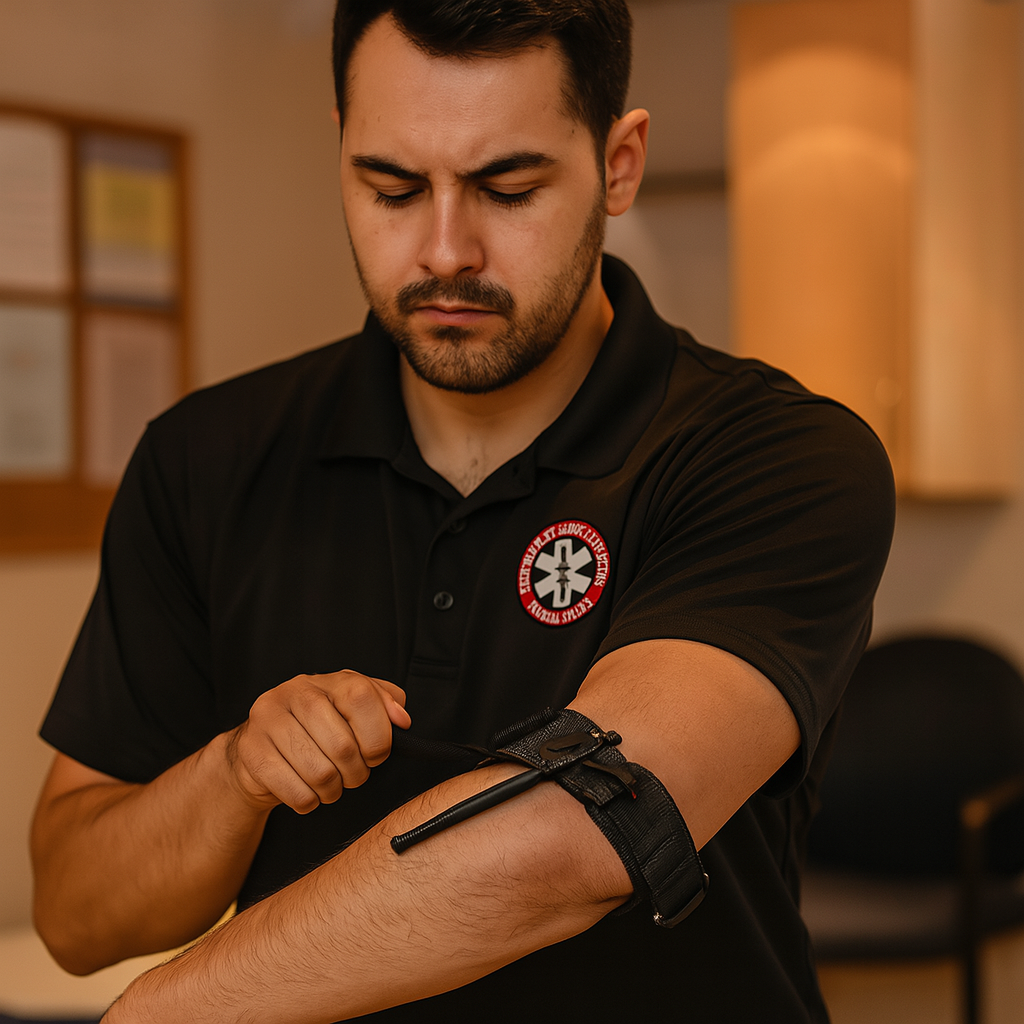
Recently viewed
FAQs
Haemorrhage bleeding control refers to techniques and equipment used to stop severe, life-threatening bleeding before emergency services arrive.
A tourniquet should be used for severe limb bleeding when direct pressure is ineffective or unsafe, especially in trauma emergencies.
Yes. Bleeding control kits are recommended for high-risk workplaces such as construction, mining and remote sites to meet WHS preparedness needs.
Yes. Civilians can safely use bleeding control equipment with basic training, and early intervention can significantly improve survival outcomes.
